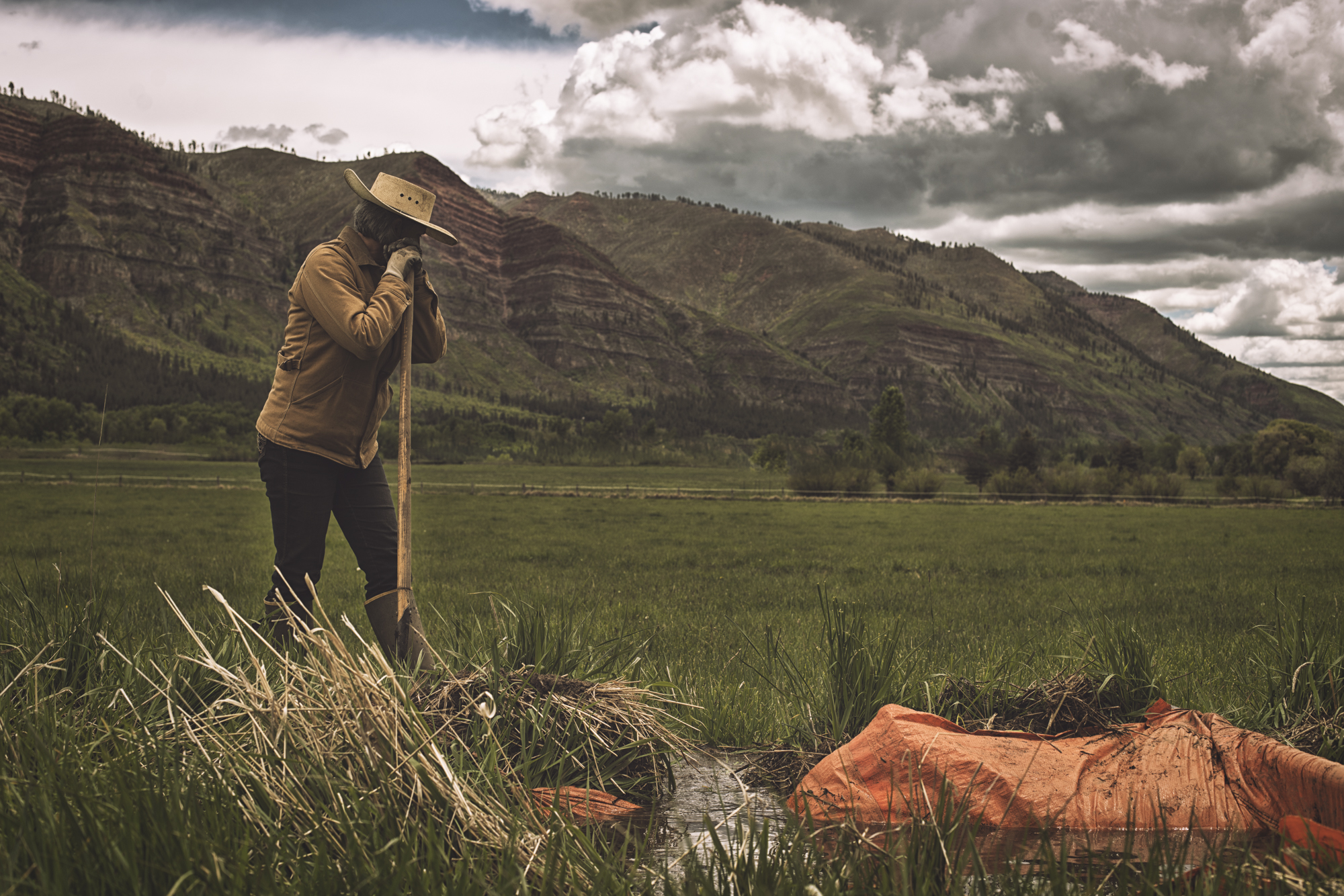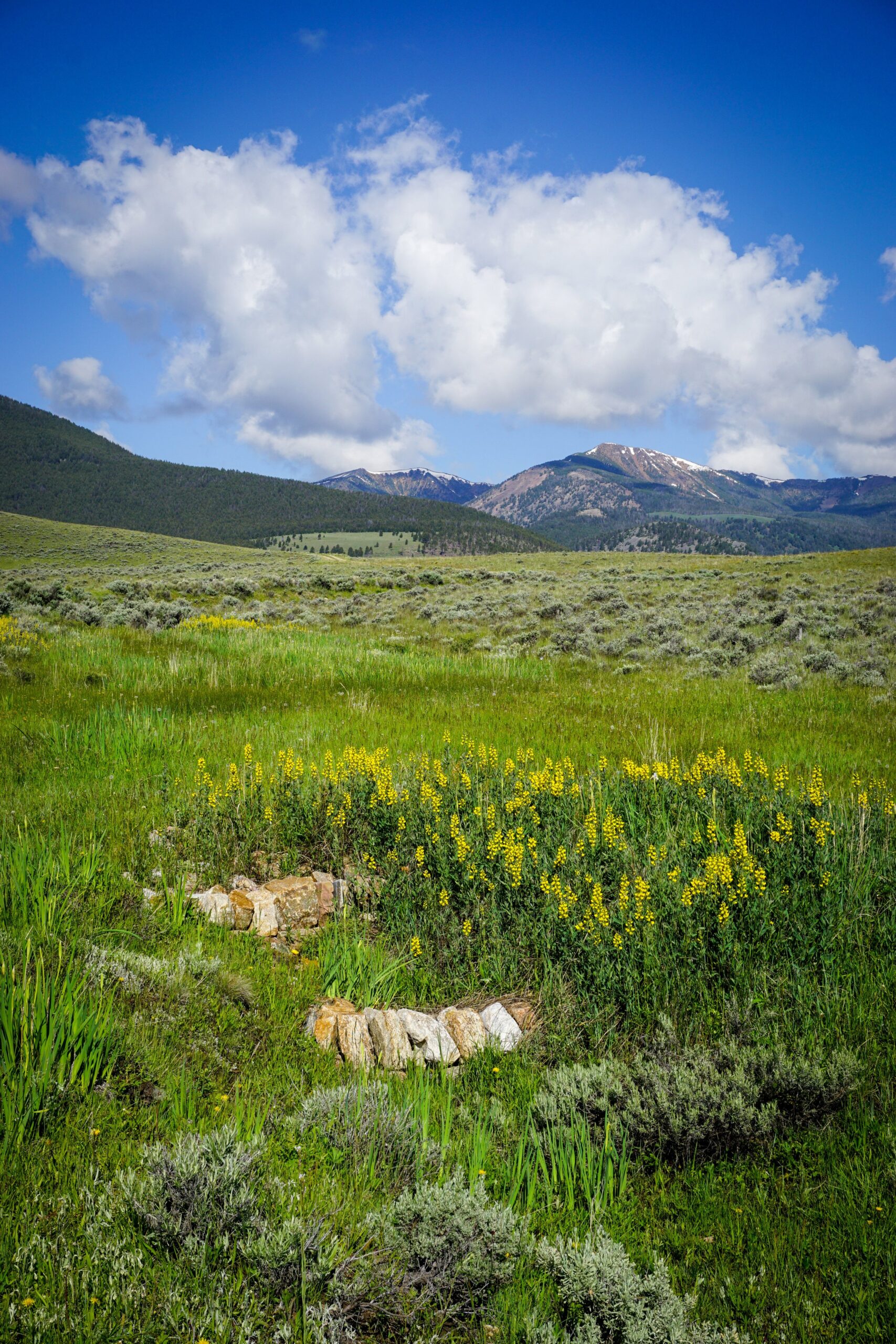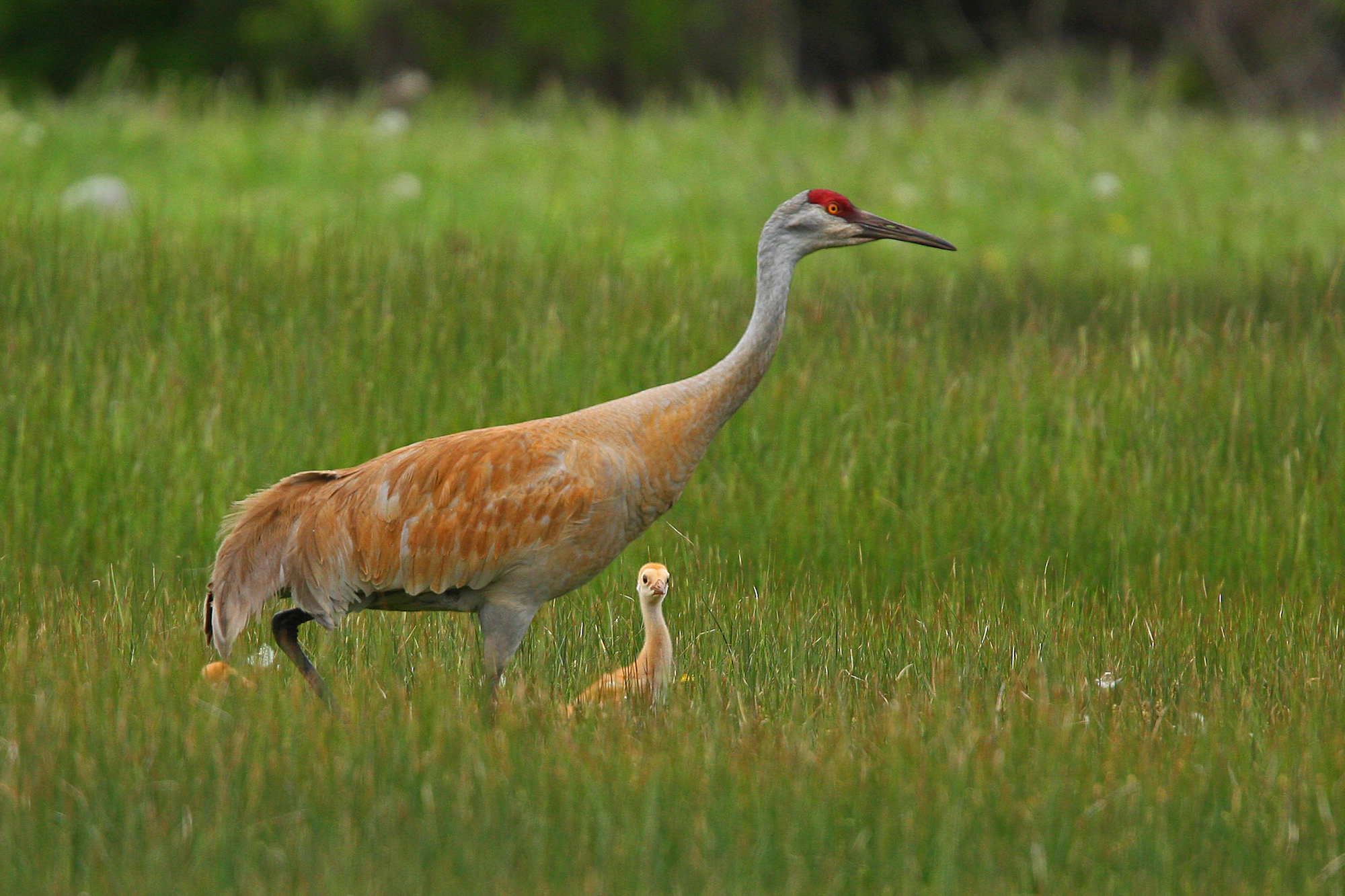-

·
Low-Tech Methods to Promote Healthy Streams and Meadows: A Factsheet
Learn about simple, low-tech methods that help promote healthy streams and meadows by slowing runoff, spreading water, and boosting productivity. Learn About Low-Tech Restoration Practices As low-tech methods to restore healthy streams and meadows are implemented across the West, more and more people are becoming aware of these approaches. We created a factsheet in online…
-

·
Wetland Benefits of Flood-Irrigated Grass Hay
SUPPORTING SCIENCE & RESOURCES Wetland Evaluation Tool This spatial wetland analysis product enables users to track changes in surface water over space and time. Download the Data Access the data behind the Working Wetlands Explorer. Contact Teagan Hayes for more information. Read the Insights The Intermountain Insights provides an overview of the science and its…
-

·
One-Stop-Shop for Zeedyk Resources
As wet meadows restoration efforts grow, managers and implementers need to access the top resources. In our Zeedyk One-Stop Shop, we’ve collected those important materials on this page. This includes factsheets, videos and online training modules, technical documents, research publications, planning and permitting examples, stories of success, and spatial data tools. Our resources focus on…
-

·
One-Stop-Shop for Zeedyk Resources – Research
Peer-reviewed research on Zeedyks, their construction, and the context for mesic restoration. The Need for Mesic Restoration Donnelly, J. P., Allred, B. W., Perret, D., Silverman, N. L., Tack, J. D., Dreitz, V. J., Maestas, J. D., & Naugle, D. E. (2018). Seasonal drought in North America’s sagebrush biome structures dynamic mesic resources for sage-grouse.…
-

·
Greater Sandhill Cranes
Greater sandhill cranes are among the most iconic migratory waterbirds of western North America. Commonly considered seasonal harbingers, their movements throughout the predominantly rural landscapes of the Intermountain West are often celebrated with festivals and are timed with seasonal cycles important to agricultural communities. Sandhill cranes are inextricably linked to ranching and working lands. Their…
-

·
Wetland Evaluation Tool
ABOUT THE WETLAND EVALUATION TOOL (WET) To understand how wetland drying is affecting the Intermountain West, IWJV researchers are using satellite imagery to monitor the timing and duration of seasonal flooding on both natural and agricultural wetland habitats (the latter being primarily flood-irrigated hay or grain fields flooded postharvest) from the mid-1980’s to the present-day.…
-

·
Resilient Landscapes Resource List
Find More Sagebrush Conservation Resources Below Guiding Strategies and Frameworks The resources below are valuable assets for the Intermountain West Joint Venture, used to advance sagebrush conservation goals and guide our work with stakeholders throughout the Intermountain West. These resources will be updated to reflect the latest version of each strategy or framework. Fact Sheets…
-

·
IAG Datasets Assessment Project
Across the West, invasive annual grasses are a major threat to sagebrush rangelands, impacting plant communities, wildlife habitat, and wildfire risk. Numerous spatial datasets mapping invasive annual grasses exist; however, land managers often struggle to identify which of these spatial products are most relevant to their work, or are unaware that these resources exist at…